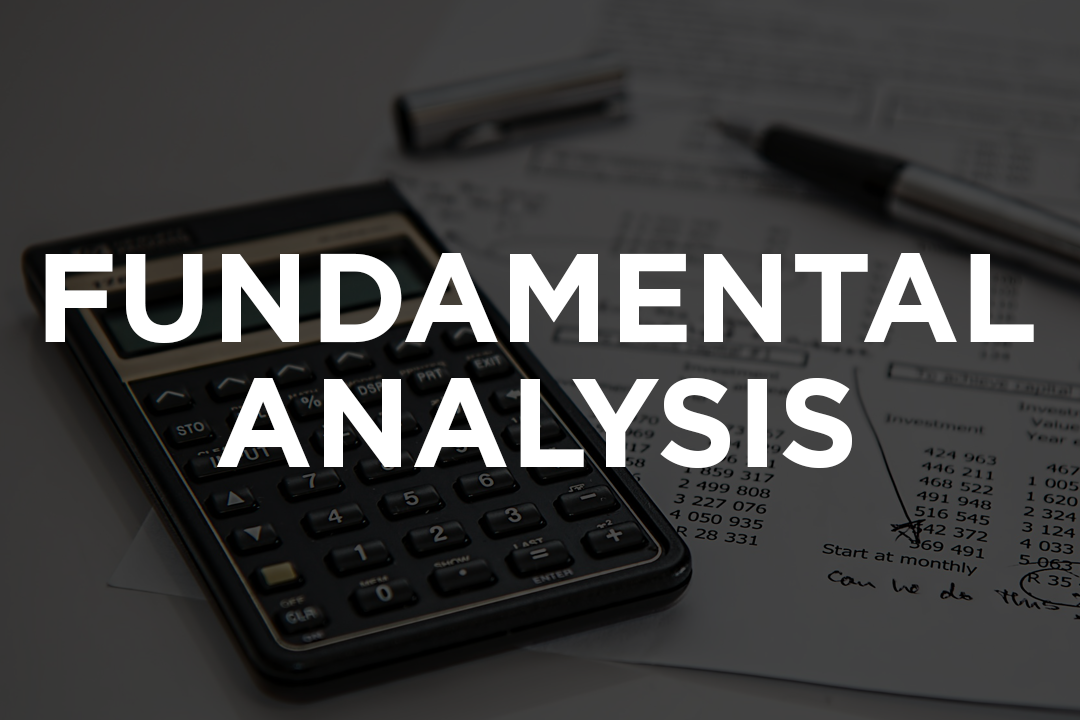Graham Number – Quantitative Investment Technique
Background :-
Benjamin Graham is considered to be the father of value investing. His books “The Intelligent Investor” and “Security Analysis
” have widespread acclaim for being the best books for investing in stock markets. His method of investing is advocated by the most successful investor of all time – Warren Buffet. The Graham Number was first mentioned by him in his book “The Intelligent Investor
“.
What is the Graham Number?
The Graham Number is a number derived by using Benjamin Graham’s formula to value a stock’s fair value. The value is derived after taking into account the company’s book value per share and earnings per share. The Graham Number is considered to be the maximum price a defensive investor should pay for a given stock. The formula is giver below :-
Alternatively, the value can be calculated as follows :-
Graham wrote in chapter 14 of his book “The Intelligent Investor” : Current price should not be more than 1½ times the book value last reported. However a multiplier of earnings below 15 could justify a correspondingly higher multiplier of assets. As a rule of thumb we suggest that the product of the multiplier times the ratio of price to book value should not exceed 22.5. (This figure corresponds to 15 times earnings and 1½ times book value. It would admit an issue selling at only 9 times earnings and 2.5 times asset value, etc.)
The outcome :-
Any stock whose market price is lower than its Graham Number should be purchased as it is considered to be undervalued. Similarly, any stock listed at a market price higher than its Graham Number should be sold short.
For example, if a stock of Reliance Industries has a book value per share of ₹100 and its earnings per share is ₹10, then, by applying the formula its Graham Number comes out to be ₹150. Now, if the market price of shares of Reliance Industries is less than ₹150, then the shares should be purchased. Similarly, if the market price of the shares is more than ₹150, then the shares should be sold short.
Check out the other Quantitative Investment Techniques.







Pingback: Best Wealth Management firms in world (Best Wealth Management firms)
Pingback: Fundamental Analysis importance while investing? - Your Columnist